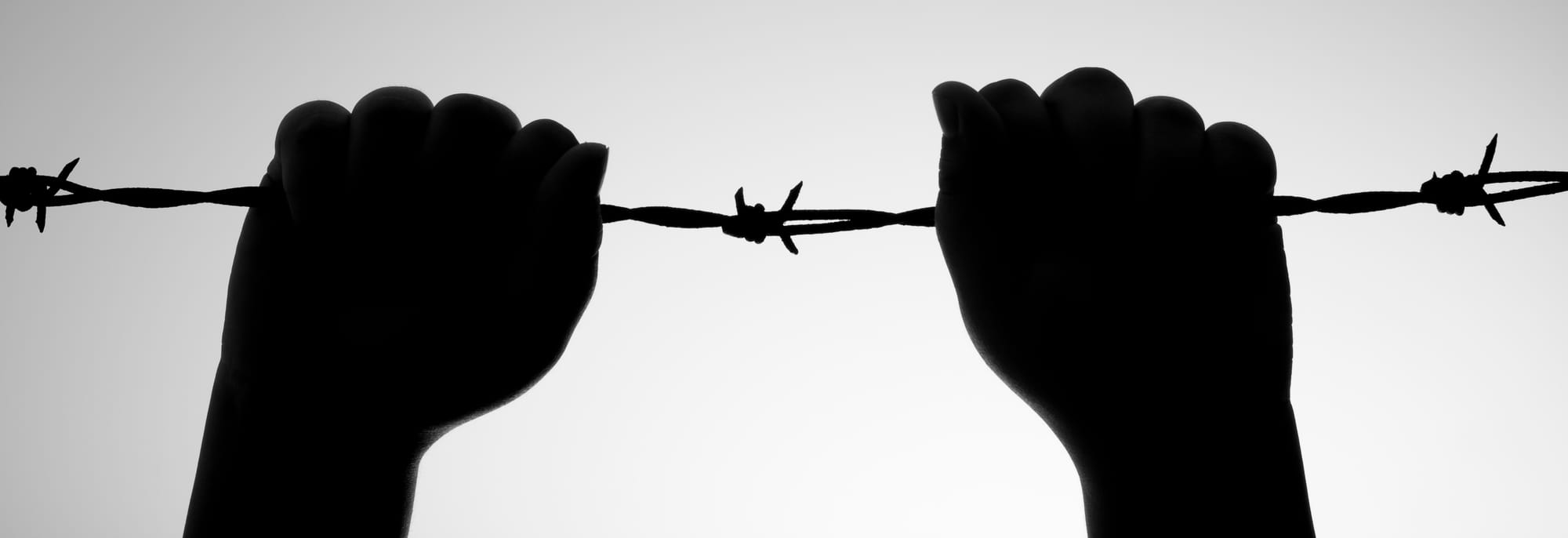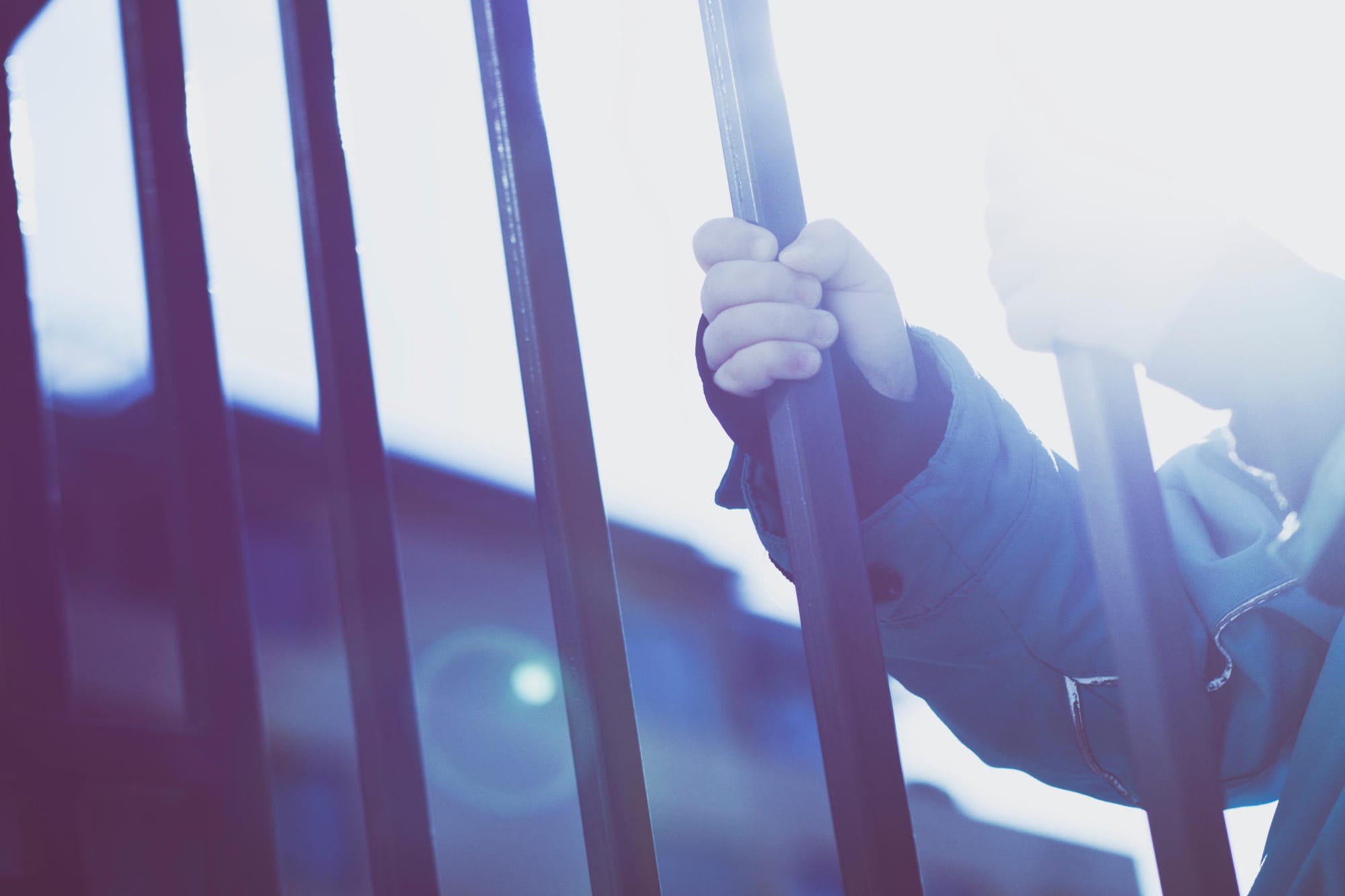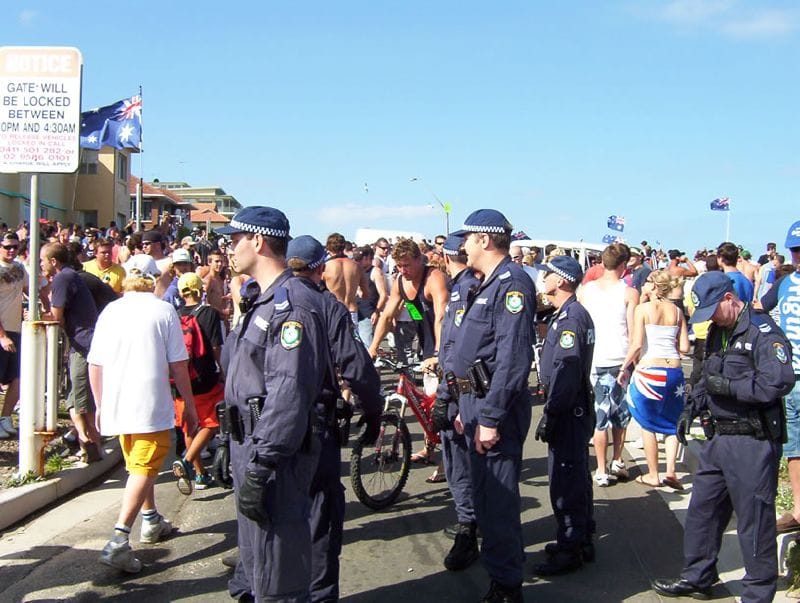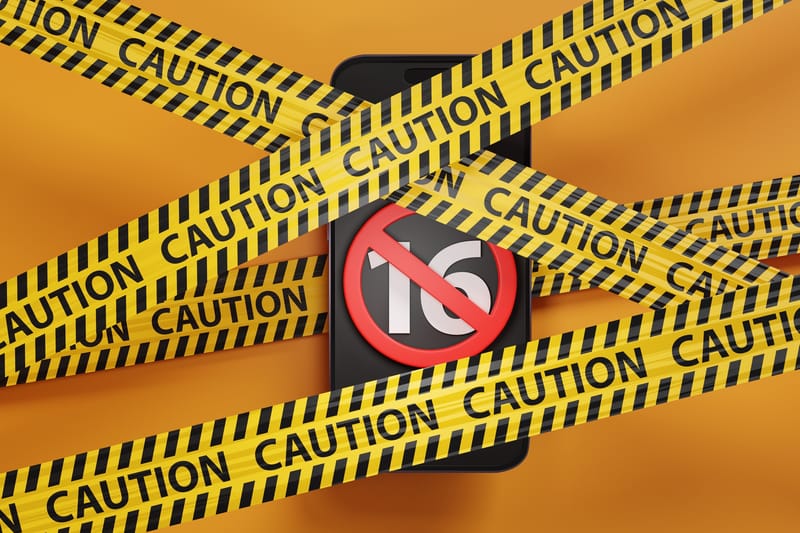
In July 2016, the ABC Four Corners documentary Australia’s Shame shone a national spotlight on the alleged abuse of children held in youth detention in the Northern Territory. The documentary included footage of incidents occurring between 2010 and 2015 that involved children being forcibly restrained, as well as the use of spit hoods, shackles and solitary confinement on youth held in detention. Within a day of the documentary airing, Prime Minister Malcolm Turnbull announced a royal commission would be established to examine the treatment of children in all NT detention centres, as well as the state’s child protection system.
In less than two years since that documentary, similar allegations of mistreatment of children held in detention have emerged in other Australian states and territories, prompting various state-level reviews and demonstrating that alleged abuses of Australian children held in detention is an issue of concern beyond Don Dale and the NT.
My research, published this month in the UNSW Law Journal, examined Australian media coverage of the alleged abuses at Don Dale to question the extent to which an international human rights law perspective was utilised, and the degree to which human rights law can help us understand and respond to the abuses alleged.
The role of the media
The media plays an essential role in calling to account the actions of those in power and in shining a light into spaces that are often hidden from view, such as youth detention facilities. This research illustrated how the significant level of media coverage in the wake of the Don Dale allegations was able to generate a degree of local accountability and bring to the public’s attention debates surrounding human rights and the conditions by which Australian children are held in detention.
The study identified more than 220 newspaper articles covering Don Dale published in 2016 alone. Articles identified and included in the study were published in national and state-based media outlets, demonstrating the reach and level of attention on this issue.
The study also identified media reports of alleged abuses at Don Dale in the years preceding the Four Corners documentary, including 40 relevant articles in 2015, demonstrating that abuses were known and exposed before the July 2016 coverage. In 2014, for example, multiple articles described the use of ‘tear gas’ on young people held in detention.
This isn't a problem to which the federal government can turn a blind eye.
However, despite media coverage and some smaller reviews into aspects of the NT youth justice system, until the national outcry following the Four Corners documentary there was relative inaction at the official level.
The speed with which the Prime Minister responded to the documentary and called for a royal commission can be linked in part to the value of visual evidence in generating community concern surrounding human rights abuses. Like the images from Abu Ghraib on the world stage, the still image of a young Dylan Voller wearing a spit hood and restrained in a mechanical chair while held in detention bought to the light a human rights issue that Australians could no longer ignore.
Australia's international obligations
While in recent years Australian governments have been hesitant to engage with the language of rights, Australia is a signatory to a series of international treaties, including the:
- International Covenant on Civil and Political Rights (ICCPR)
- International Covenant on Economic, Social and Cultural Rights (ICESCR)
- Convention against Torture, and other Cruel, Inhuman or Degrading Treatment or Punishment, and
- Convention on the Rights of the Child (CRC).
Each of these treaties prescribes rights that apply to children in conflict with the law broadly, and children held in detention more specifically. As a signatory, Australia is positively obliged to respect and protect those prescribed rights, including most notably in this context, Article 37 of the CRC, which provides that "every child deprived of liberty shall be treated with humanity and respect for the inherent dignity of the human person".

The analysis of media coverage of the Don Dale incidents reveals the willingness of the mainstream Australian media to frame the alleged abuses using a human rights law perspective. Media coverage analysed for the study described a "breach" of human rights, with one article describing: "Fundamental human rights have been breached, and breached in ways that civilised Australians like to image can only happen elsewhere."
Framing the abuse as a "breach" of human rights provides a valuable argument for legal practitioners, non-state actors and other relevant stakeholders in advocating for reform. When considered in the context of the current youth justice "crisis" across Australia, it illustrates the gravity of the potential breaches of human rights obligations held by Australian children in youth detention.
A national issue requiring leadership and reform
This week in Victoria, the Legislative Council is due to report on its inquiry into youth justice centres in Victoria. That Inquiry, announced in November 2016, has examined issues at the Parkville and Malmsbury youth justice centres. While the terms of reference for the Victorian inquiry do not specifically direct the committee to consider the rights of the children incarcerated in these facilities, several of the references call into question the extent to which the rights of children in conflict with the law in Victoria have been compromised. The reference also overlaps with issues that arose as part of the royal commission in Northern Territory demonstrating the spread of alleged abuses.
In July 2016, then chief minister of the Northern Territory, Adam Giles, released a statement responding to the Don Dale allegations. He said: "I was shocked and disgusted…A community is judged by the way it treats its children."
As Australia takes its seat on the United Nations Human Rights Council this week, it's time for national leadership on this issue. The federal government must take positive steps to ensure that the rights of Australian children in conflict with the law are upheld. It's obliged to respect and protect the rights of all Australian children held in detention – an obligation that includes remedying problematic youth justice practices in each detention centre, state and territory. This isn't a problem to which the federal government can turn a blind eye. Until such positive action consistently occurs in every state and territory, the media has an important role to play in holding systems to account and ensuring that those in power are "judged" for the way they treat Australian children.
Read Kate’s full article, The Treatment of Australian Children in Detention, published in the UNSW Law Journal (advance access), here.





